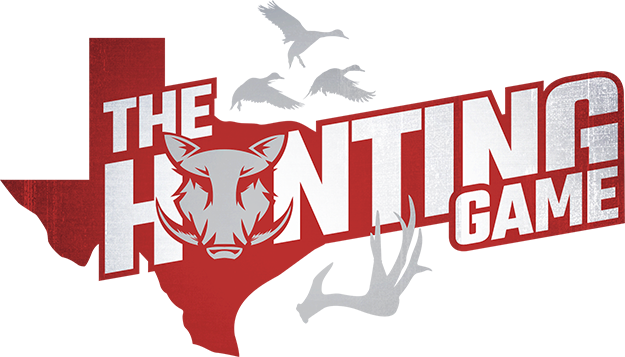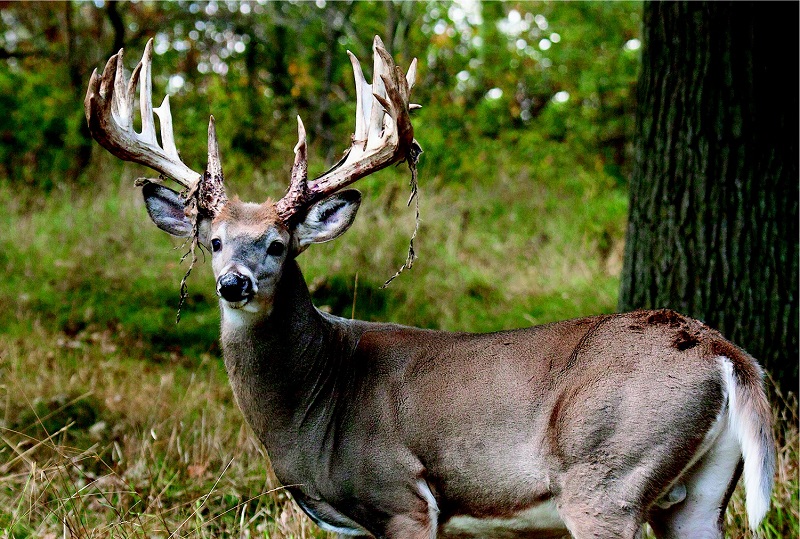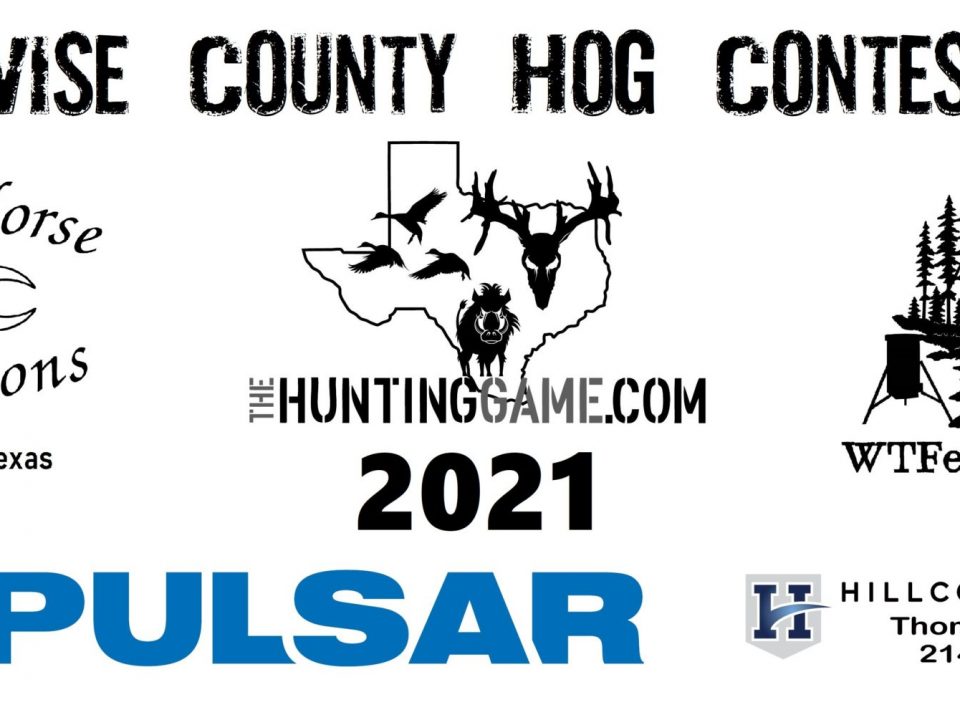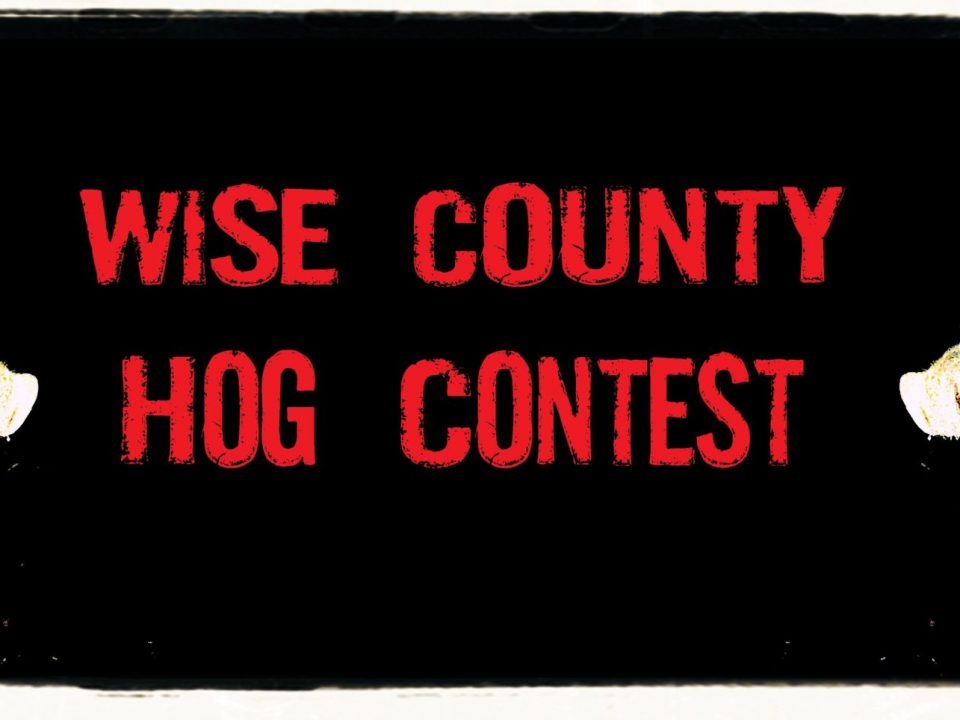 by Mike Porter / mdporter@noble.org
by Mike Porter / mdporter@noble.org
Most deer hunters, including me, are fascinated with large antlers. We generally want to see or harvest bucks with large antlers. “Trophy buck” is commonly used to describe a buck with large antlers; however, trophy buck means different things to different people.
It might mean a buck with larger antlers or body size, or more antler points or spread than previously seen or harvested by a hunter; it might be a hunter’s first buck; it might be the largest buck harvested by a hunter with a bow; or it might mean a buck with antlers larger than a certain Boone and Crockett score. All are valid definitions of a trophy buck. Nevertheless, this article focuses on increasing the abundance of bucks with gross antler scores greater than 150 Boone and Crockett points.
Hunters and managers should have realistic expectations. Most bucks will not develop antlers gross- ing more than 150 Boone and Crock- ett points during their lifetimes. Average antler scores for mature bucks in Oklahoma and Texas are in the 130s, so only a few bucks have the optimum combination of genetics, nutrition and age to become trophies.
For a hunter to see or harvest a trophy buck, it must first be present, and then a certain amount of luck and skill is required. Many properties do not have a buck with antlers scoring greater than 150 Boone and Crockett points. However, in several situations, this is something that can be rectified by managing deer habitat and harvest on enough acres.
Good habitat has abundant, diverse native forbs, woody plants and grasses that provide adequate nutrition and cover. Some naturalized plants and even crops can be part of good habitat, but the bulk of habitat should be native plants.
Deer numbers should be managed through adequate doe harvest to maintain a relatively even adult sex ratio and keep deer abundance within carrying capacity so deer nutrition, health, reproduction, antler size and body size do not suffer. Sex ratio is important because each property supports a limited number of deer. Trophy managers want as many as possible to be bucks to increase the likelihood that some have the genetics, nutrition and age for large antlers.
For optimum trophy manage- ment, less than 15 percent of the antlered buck population should be harvested annually to allow many bucks the opportunity to grow to maturity. Typically, a buck does not demonstrate his largest set of antlers until 4 to 9 years old. Ken Gee’s 24 years of work with tagged wild deer at the Noble Foundation Wildlife Unit indicated most white-tailed bucks grew larger each year that they lived (versus penned deer studies, which indicated buck antler growth peaked at 4 to 5 years old).
Recent research at the King Ranch and Comanche Ranch indicates culling bucks in a free-ranging population is not an important or beneficial practice (see Culling Bucks for more information).
Habitat and harvest management should occur on a large enough area to provide a reasonable chance to produce a trophy. This can be accomplished by owning, leasing or manag- ing adequate acreage, or by working with neighbors through an association or cooperative (see Cooperatives Support Wildlife Goals for more information). Chances of producing a trophy buck improve as the amount of acreage increases with appropriate habitat and harvest management.
Don’t you wish your hunting neighbors would read this article…?





